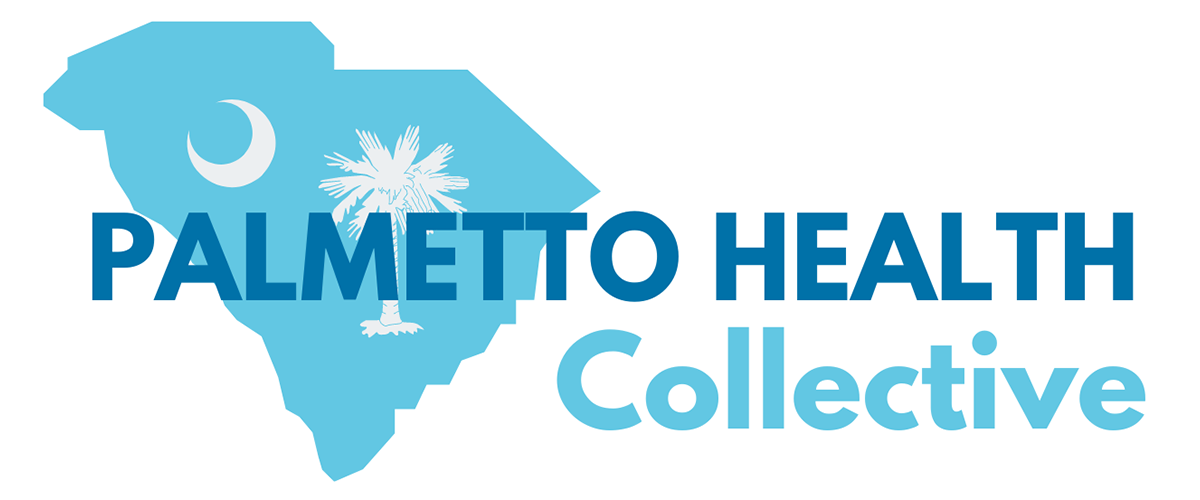Faced with high cost sharing for brand medicines, many commercially insured patients with chronic conditions use manufacturer copay assistance
Out-of-pocket spending for prescription medicines a decade ago consisted almost entirely of copays, but use of deductibles and coinsurance in commercial health insurance has skyrocketed in recent years. This shift has resulted in many patients with chronic conditions being asked to pay a larger share of the cost of their medicines.
Faced with high costs at the pharmacy counter, a growing share of commercially insured patients rely on copay assistance programs offered by pharmaceutical manufacturers to help them pay their out-of-pocket costs.
IQVIA analyzed changes in out-of-pocket spending among commercially insured patients between 2017 and 2021. The study includes patients taking brand medicines across six therapy areas: anticoagulants, respiratory conditions, depression, diabetes, human immunodeficiency virus (HIV) and oncology. To assess the impact of manufacturer copay assistance programs on out-of-pocket cost trends, IQVIA analyzed changes in patients’ final out-of-pocket spending as well as changes in their out-of-pocket cost exposure, which is the out-of-pocket cost set by their health plan and pharmacy benefit managers (PBMs) before any copay assistance is used. The findings show that:
- Deductibles and coinsurance drive high out-of-pocket costs for patients.
- Health plans and PBMs expose patients taking brand medicines to high costs at the
pharmacy counter. - Copay assistance programs can significantly improve affordability for patients.

